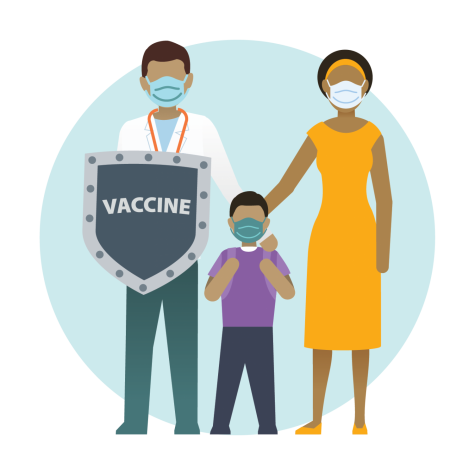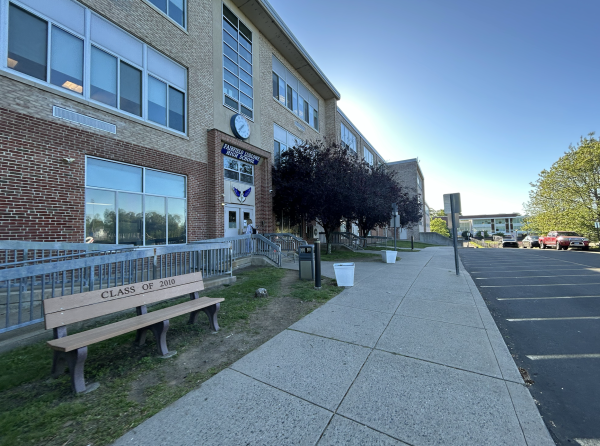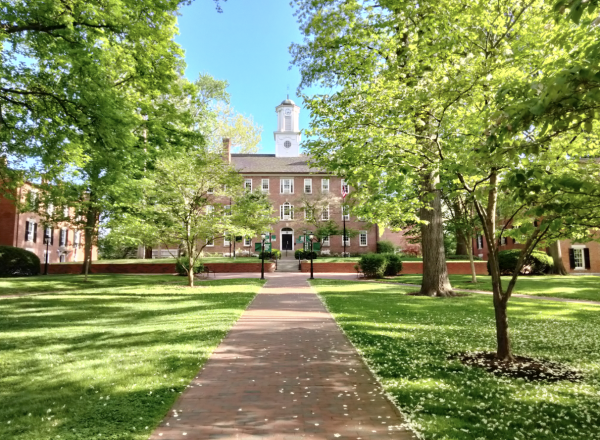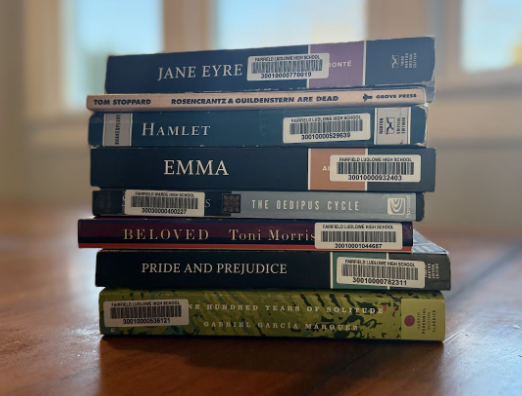COVID-19 Vaccines
All you need to know about the COVID-19 vaccines and the importance of getting vaccinated
Even after being vaccinated it is important to continue to take precautions to prevent the spread of COVID-19
First detected in the Wuhan province of China at the end of 2019, the SARS-CoV-2 virus, known more commonly as COVID-19, has been an unprecedented event in history that brought devastation upon the globe. Everyone was forced into quarantine to protect themselves and loved ones, not knowing what was happening. Meanwhile, world officials were scrambling to prevent the virus from spreading between country borders, as well as domestic borders. The scientific and medical communities were already researching and developing ways to immunize people.
Beginning around March 30, 2020, the Department of Health and Human Services (HHS) started a program called “Operation Warp Speed” (OWS) to hasten the production and distribution of a COVID-19 vaccine. There was a lot of pressure to create a vaccine as quickly as possible, but the previous knowledge was that vaccines take on average 10-15 years to develop. Scientists, however, had been considering the use of a long-theorized technology known as mRNA vaccines. Since the first vaccine was made against smallpox in 1796, scientists have been putting “weakened or inactivated” germs or viruses into our bodies to teach our cells how to make a protein that “produces antibodies” to give our bodies an idea of what the real virus looks like if infected and then create antibodies to destroy it. Although this mRNA vaccine technology seems relatively new, it has already been studied for decades with the flu, Zika, rabies, and cytomegalovirus (CMV) and will hopefully, for the future, allow for one vaccine to provide protection for multiple diseases.
The projected plan for vaccination distribution consists of groups that are divided into phases: phase 1a, 1b, 1c, and 2. Phase 1a and 1b have already begun. 1a consists of healthcare personnel and long-term care facility residents, while 1b consists of frontline essential workers (Fire fighters, police officers, corrections officers, food and agricultural workers, USPS workers, manufacturing workers, grocery store workers, public transit workers, educational workers like teachers, support staff, and daycare workers) and people aged 75+ . These phase rollouts vary from state-to-state, but overall, there has been strong progress in the vaccination of Americans. The next group to go would be people aged 65-74, people aged 16-64 with underlying medical conditions (who would have increased risk of serious, life-threatening complications from contracting COVID-19), and other essential workers (workers of transportation and logistics, food service, housing construction and finance, information technology, communications, energy, law, media, public safety, and public health). Starting next week, Connecticut will be moving onto people who fit under the sub-group of phase 1c: educators & child care providers, and individuals aged 55-64. On February 22, 2021, Governor Ned Lamont set the vaccine eligibility schedule to have vaccines available for the age group 16-34 around May 3 which will help in the effort to return to a sense of normalcy.
Due to how quickly the FDA and CDC had approved the productions of the vaccines, it was expected to have people who were unsure about how safe and effective the vaccines would be. Again, it is extremely important to understand that the processes for the approved Pfizer (BioNtech) and Moderna mRNA vaccines have been in development for decades and can be standardized and scaled up, making vaccine development faster than traditional methods of making vaccines because production was being developed in laboratories with readily available materials. The Pfizer vaccine has shown 95% efficacy at preventing symptomatic COVID infection after two doses while the Moderna vaccine has shown to be 94.1% effective in preventing symptomatic COVID-19 after the second dose. So, with this information, getting vaccinated is one of the most important steps to take in order to return to a more “normal” world.. Getting vaccinated will not only protect oneself from suffering severe complications of COVID-19, but it will also help to protect those around one from possible transmission.

For those who are more comfortable with a more traditional approach of vaccine production, the latest Johnson & Johnson’s one-dose COVID vaccine, approved by the FDA on February 27, uses what is called a viral vectored vaccine. It is where a harmless adenovirus – from a large family of viruses, some of which causes common colds – has been engineered to carry the genetic code for the SARS-2 spike protein. The J&J vaccine was shown to be 66% protective against moderate to severe infection of COVID, but more importantly, it was 85% effective in protecting against severe disease with no hospitalizations or deaths among people in the vaccine arm of a large clinical trial. A benefit of the Johnson & Johnson vaccine, specifically, is that one shot will be enough to provide the same protection as the two shot Pfizer and Moderna vaccines.
It has been nearly a year since the shutdown; there have been nearly 2.6 million deaths and over 117 million reported cases worldwide. However, things have been steadily improving, with the daily cases and hospitalizations going down every week. It is crucial to continue to do your part in preventing the spread of COVID. Although vaccination rollout has been well underway, there is still the possibility of getting sick with COVID and putting others who have not yet received the vaccine at risk. So, continue to wear proper face coverings and stay vigilant in keeping social distances.





